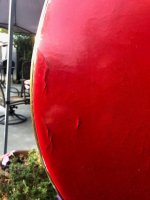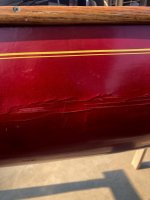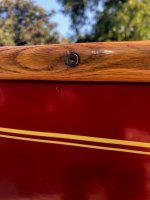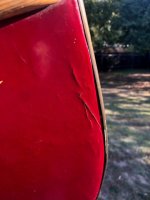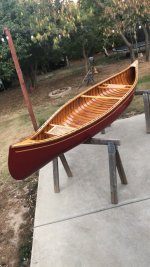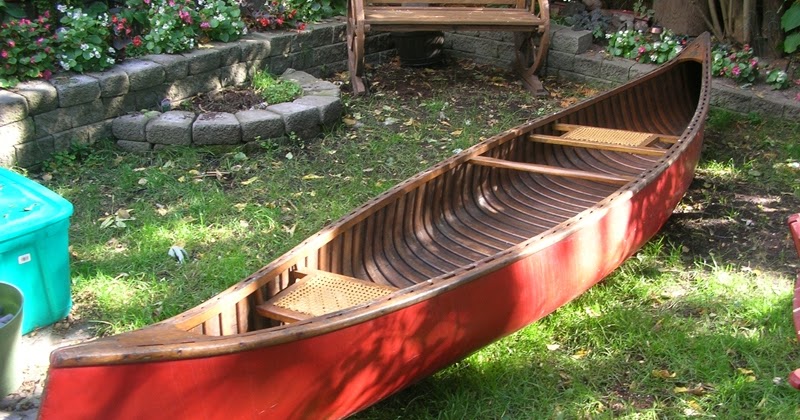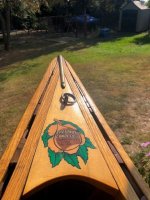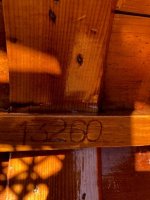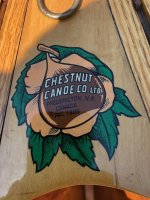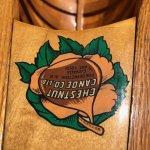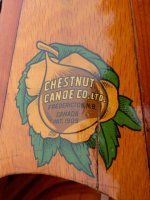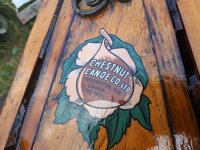The boat still has it's keel, which many remove when the re-canvas. That could indicate that the canoe is pretty much original. However, that could also indicate wishful thinking on my part ;-).
Re-attaching a keel is quite easy after replacing the canvas so would not be an indicator that the boat is original. If it is from 1972, you'd expect the 50+ year old original canvas to have degraded more with many spider cracks. Plus that pin stripe decoration would not have been done in the factory.
There is another bit of evidence that a restoration was done. That decal on the deck is not an original, but rather a reproduction. These were offered by Roger MacGregor (Ivy Lea Company) during mid 90s and 2000s and are now being offered by the Canadian Canoe Museum and WCHA store.
You can tell it is a reproduction because there is a missing spot of colour right under stem of the logo. Original decals were green at this location.
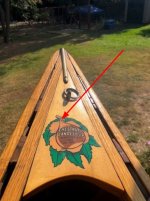
If you can post a larger, higher resolution pic of the decal, I might be able to narrow down further if it was one of MacGregor's earlier versions from the 90s or a later version.
As for dating, the Playmate first came out in the 1955 Chestnut catalog where it featured narrow 1-1/2" ribs. In 1966, an economy version called the FOX was also built using heavy canvas and slat seats. In 1967, these canoes switched with the FOX now featuring narrow ribs and the Playmate offered with wider ribs (roughly 2-3/8") for the remainder of the company's timeline. If yours is a 14 footer with the wider, 2 3/8" ribs, it would have to date from this period after switch.
The decks might have been replaced as part of the restoration too. Often the decal on original decks wore off but left some fragments or a an outline from the adhesive. I can't see any remnants on yours. Around this same time, Chestnut also switched from using traditional water-slides to vinyl decals with a large transparent border (cheaper to produce) like the following examples.
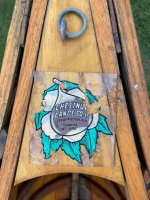
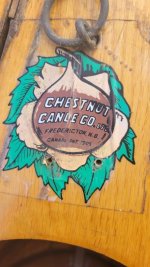
These vinyl decals prevented the wood from oxidizing as quickly as the rest of the deck so tended to leave a visible "bright" square spot on the decks even after the graphic might have worn off. Some folkshave applied a reproduction decal after the fact which is quite obvious. Here's an example of an early 70s boat with evidence of the square decal and Roger MacGregor's reproduction applied...
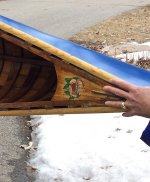
Regardless of the restoration history, they certainly are lovely boats to paddle with quite a different feel than modern composites. Happy paddling!

